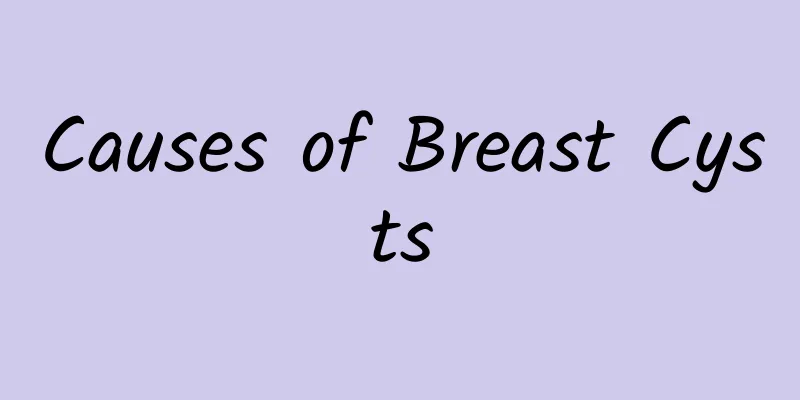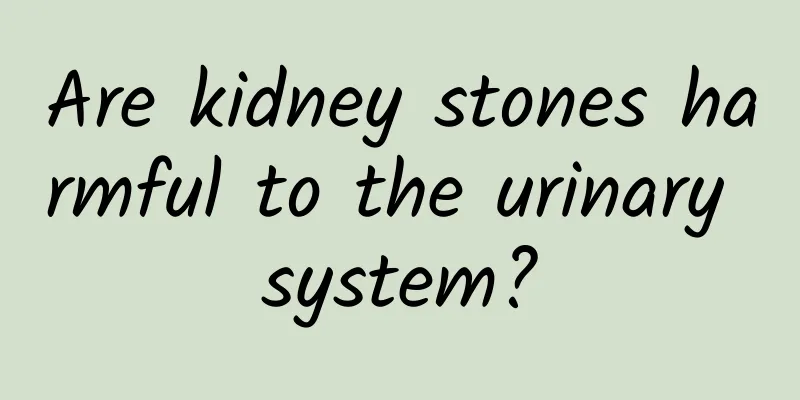How to treat kidney stones and urethral stones effectively

|
Treatment of kidney and urinary stones depends on the size, location, and severity of symptoms. Treatments include medication, extracorporeal shock wave lithotripsy, surgical removal of the stones, and dietary and lifestyle changes. For small stones, drinking plenty of water, taking pain medications, and stone-moving drugs are usually effective; for larger stones, surgical intervention may be required. 1. Drug treatment For kidney stones or urethral stones less than 5 mm in diameter, drug treatment is the first choice. Commonly used drugs include: Pain relievers: Such as ibuprofen or acetaminophen, to relieve pain. Stone-expelling drugs: such as the alpha-receptor blocker tamsulosin, which helps relax the ureters and promote the excretion of stones. Diuretics: Increase urine volume and help flush stones. 2. Extracorporeal shock wave lithotripsy (ESWL) It is suitable for kidney stones with a diameter of less than 2 cm. The high-energy shock wave breaks the stones into small particles and excretes them with urine. Drink more water after the operation to promote the excretion of the broken stones. 3. Surgery to remove stones For larger or complex stones, surgical intervention may be necessary: Percutaneous nephrolithotomy (PCNL): The kidney is accessed through a small incision in the back to directly remove the stones. Ureteroscopic lithotomy (URS): A ureteroscope is inserted through the urethra to remove or break up stones. Open surgery: Suitable for very rare and complicated cases. 4. Diet and lifestyle adjustments Preventing stone recurrence is key: Drink more water: Drink 2-3 liters of water every day to dilute urine and reduce stone formation. Low-salt diet: reduces sodium intake and lowers urinary calcium excretion. Control protein intake: avoid excessive animal protein to reduce the risk of uric acid stones. Increase citric acid intake: such as lemon water, which inhibits stone formation. The treatment of kidney stones and urethral stones requires choosing the appropriate method according to individual circumstances. Early detection and intervention can avoid complications. If severe back pain, hematuria or dysuria occurs, you should seek medical attention promptly. Through drug treatment, surgical intervention and lifestyle adjustments, most patients can effectively relieve symptoms and prevent recurrence. |
<<: Does chondroitin work for synovitis?
>>: Can breast cysts still turn into cancer?
Recommend
Why do you get gallstones?
The formation of gallstones is closely related to...
Can I eat soy if I have breast cysts?
Breast cysts can usually be treated with moderate...
Does a breast cyst found during a physical examination require treatment?
Breast cysts don't usually require treatment,...
What causes gallbladder polyps at the age of 23?
The formation of gallbladder polyps at the age of...
What are the symptoms of intracranial aneurysm? What are the dangers of intracranial aneurysm?
What are the symptoms of intracranial aneurysm? W...
The most effective foods for preventing gallstones
The most effective foods for preventing gallstone...
What to do if your jaw drops
When your jaw is dislocated, the first thing to d...
What to eat to get rid of gallstones the fastest
Patients with gallstones can try to increase thei...
Pregnancy gallstones stomach pain
It is common for gallstones to cause abdominal pa...
There are three things you should avoid when you have cystitis intravenous drip
When receiving intravenous drip treatment, patien...
How to cure perianal abscess
Perianal abscess is a common anorectal disease th...
What are the sequelae of tenosynovitis surgery?
What are the sequelae of tenosynovitis surgery? T...
Can CT scan detect brain aneurysms?
Brain aneurysms can be detected through CT examin...
Treatment of femoral head necrosis
Femoral head necrosis refers to structural change...
What causes bone spurs in hand joints?
Bone spurs in the hand joints are usually caused ...









